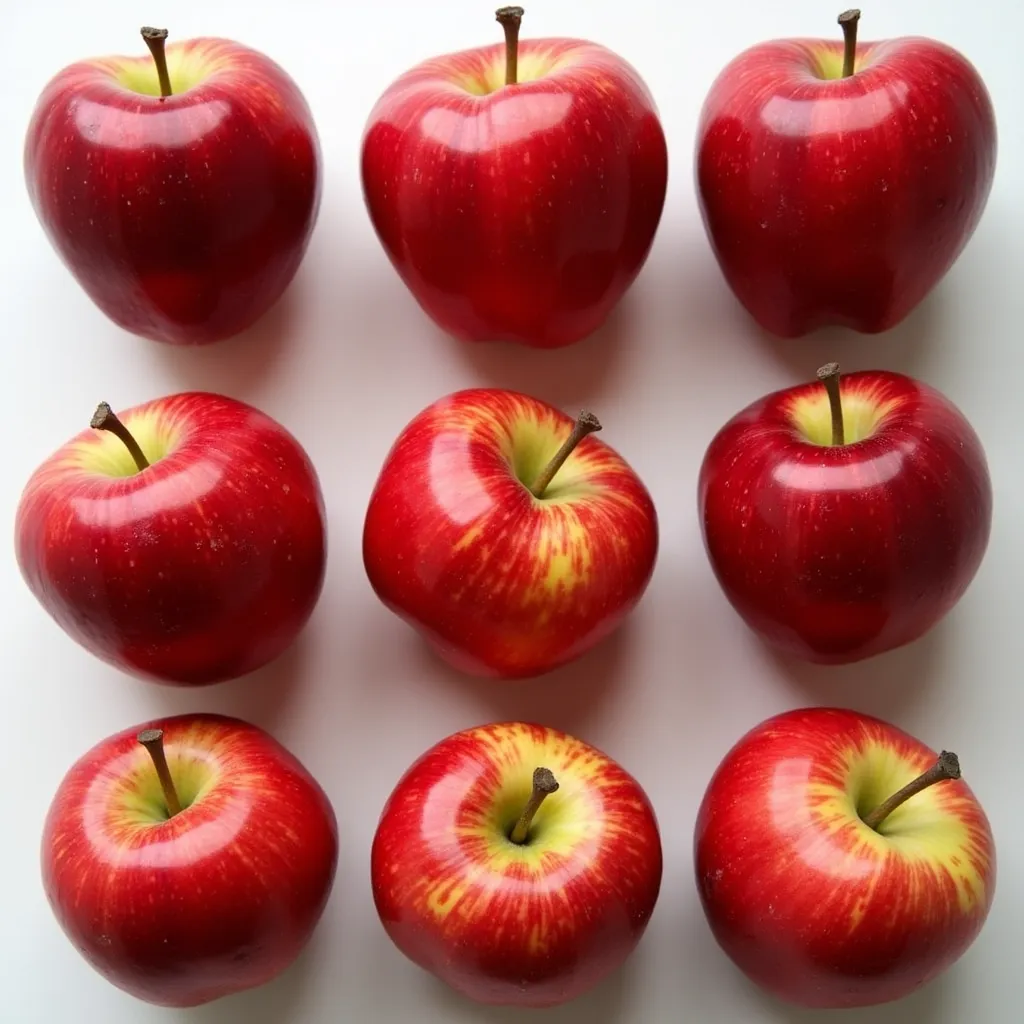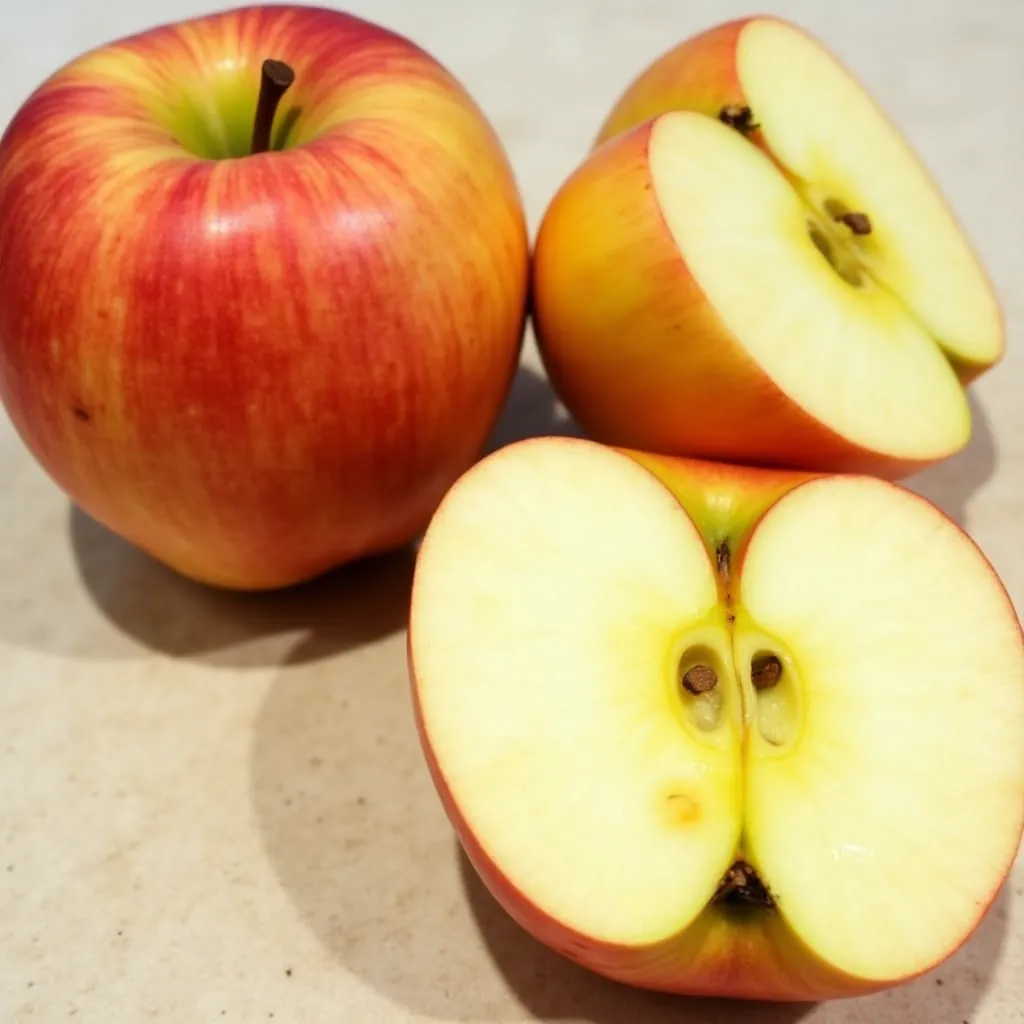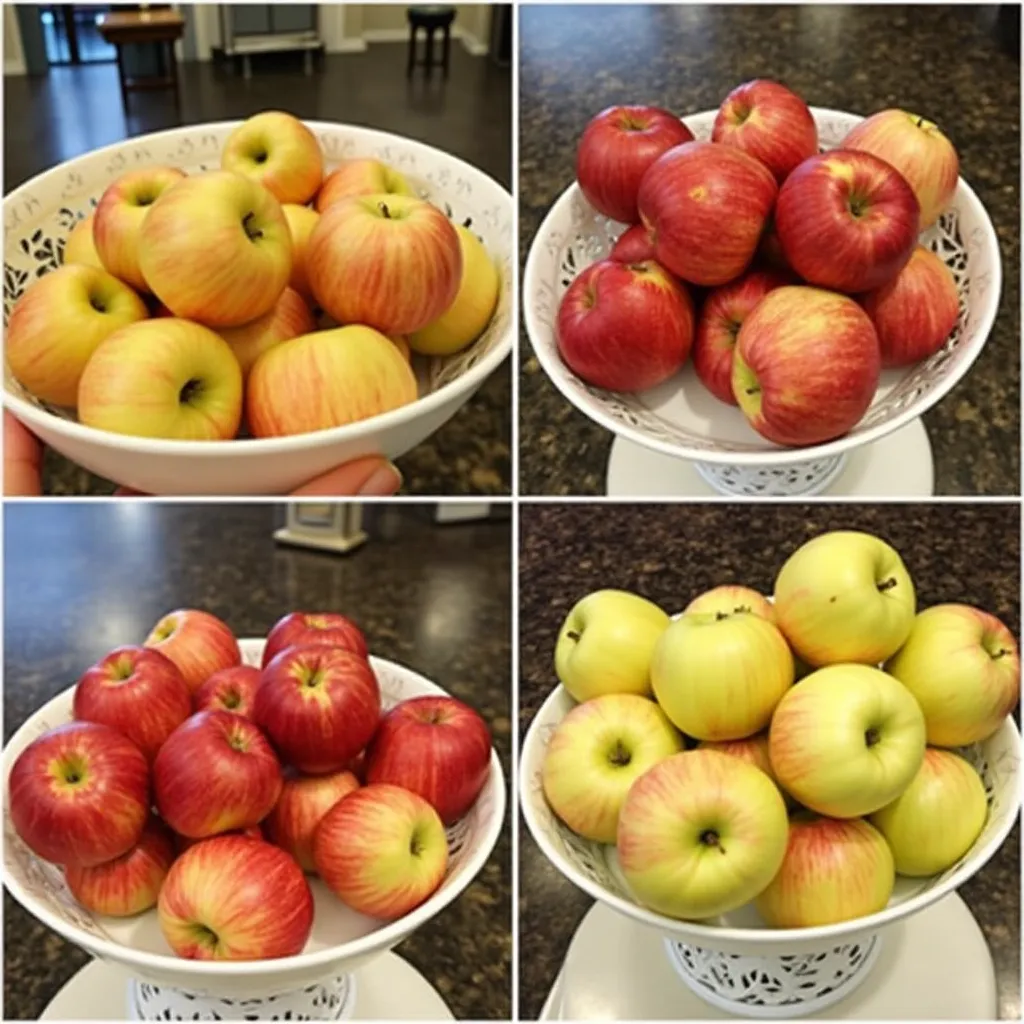· varieties · 4 min read
Opal Apples: The Golden Yellow Apple Guide
Opal apples are a standout variety known for their beautiful golden hue, crisp texture, sweet and tart flavor, and remarkable non-browning characteristic.

Variety Overview
Opal apples are a modern, commercially successful variety rapidly gaining popularity among yellow apple varieties. This medium-sized apple boasts a striking, solid yellow color and a remarkable non-browning characteristic, making it a favorite for fresh eating, baking, and cooking. Its balanced sweet and tart flavor, combined with a crisp and firm texture, provides a delightful eating experience. The Opal apple tree is known for its moderate growing difficulty and good storage life of its fruit, adding to its appeal for both home gardeners and commercial growers.
Characteristics
Opal apples offer a complex flavor profile, balancing sweet and tart notes for a well-rounded taste. Their texture is notably crisp and firm, providing a satisfying bite. Visually, these apples are distinguished by their solid yellow color. They are medium-sized, making them a convenient choice for snacking and various culinary uses.
Growing Information
The Opal apple tree is moderately easy to grow, with a moderate level of disease resistance. It has an early to mid-harvest season, typically yielding fruit in the spring and summer months. Consistent watering and well-drained soil are essential for optimal growth and fruit production.
Best Uses
The versatility of Opal apples makes them suitable for a wide range of culinary applications. Their crispness and balanced flavor are perfect for fresh-eating, whether enjoyed on their own or added to salads and cheese boards. Their firm texture holds up well in baking, making them an excellent choice for pies, tarts, and muffins. They can also be used in cooking, adding a touch of sweetness and tartness to sauces, chutneys, and savory dishes.
History and Origin
Opal apples were first introduced in 1999 in the United States. They are a cross between the well-known Golden Delicious and Topaz varieties, inheriting desirable traits from both parents. This combination resulted in an apple with improved flavor, texture, and non-browning capabilities.
Storage and Handling
Thanks to their good storage life, Opal apples can be kept fresh for an extended period. For optimal storage, keep them refrigerated in a crisper drawer. They can typically maintain their quality for several weeks when stored properly.
Availability
Opal apples are typically available during the spring and summer months, aligning with their early to mid-harvest season. They are becoming increasingly common in supermarkets and farmers’ markets due to their growing popularity.
Selection Tips
When selecting Opal apples, look for specimens with a vibrant, solid yellow color and a firm, unblemished skin. They should feel heavy for their size, indicating good moisture content and crispness. Avoid apples with bruises or soft spots.
Comparison to Similar Varieties
Opal apples share some similarities with their parent, Golden Delicious, particularly in their sweetness and yellow color. However, Opal apples offer a crisper texture, a more balanced flavor profile with added tartness, and the significant advantage of non-browning flesh. Compared to other yellow apple varieties, Opals stand out for their unique combination of flavor, texture, and non-browning qualities.
Common Uses
Expanding on their best uses, Opal apples can elevate everyday meals and snacks. Their ability to maintain their color and crispness after slicing makes them ideal for lunchboxes, fruit platters, and appetizers. Their balanced flavor makes them a versatile ingredient in both sweet and savory recipes, adding a unique dimension to various dishes. Additionally, the Opal apple’s natural sweetness allows for reduced sugar in baking recipes.
Growing Tips
For those interested in growing an opal apple tree, it’s important to note their moderate growing difficulty and disease resistance. Choosing a sunny location with well-drained soil is crucial. Regular pruning helps maintain tree health and fruit production. While they have moderate disease resistance, monitoring for common apple tree diseases and implementing preventative measures is recommended for a healthy and productive tree. Consulting local horticultural resources for specific growing advice tailored to your region is always beneficial when considering adding yellow apple varieties to your orchard.


